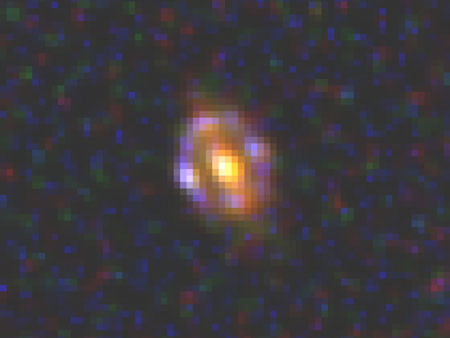 Astronomers have found the most distant gravitational lens yet - a galaxy that, as predicted by Albert Einstein's general theory of relativity, deflects and intensifies the light of an even more distant object. The discovery provides a rare opportunity to directly measure the mass of a distant galaxy.
Astronomers have found the most distant gravitational lens yet - a galaxy that, as predicted by Albert Einstein's general theory of relativity, deflects and intensifies the light of an even more distant object. The discovery provides a rare opportunity to directly measure the mass of a distant galaxy.
Oct 17th, 2013
Read more
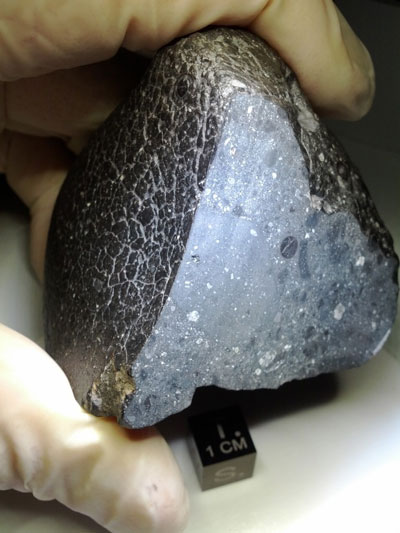 Earth's most eminent emissary to Mars has just proven that those rare Martian visitors that sometimes drop in on Earth -- a.k.a. Martian meteorites -- really are from the Red Planet. A key new measurement of Mars' atmosphere by NASA's Curiosity rover provides the most definitive evidence yet of the origins of Mars meteorites while at the same time providing a way to rule out Martian origins of other meteorites.
Earth's most eminent emissary to Mars has just proven that those rare Martian visitors that sometimes drop in on Earth -- a.k.a. Martian meteorites -- really are from the Red Planet. A key new measurement of Mars' atmosphere by NASA's Curiosity rover provides the most definitive evidence yet of the origins of Mars meteorites while at the same time providing a way to rule out Martian origins of other meteorites.
Oct 16th, 2013
Read more
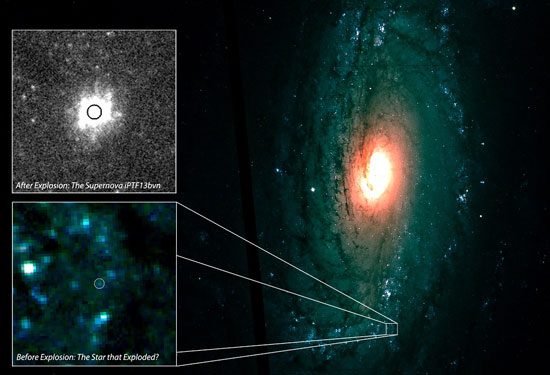 A team of researchers, including two Carnegie scientists, used a novel astronomical survey software system - the intermediate Palomar Transient Factory - to link a new stripped-envelope supernova, named iPTF13bvn, to the star from which it exploded, which is a first for this type of supernova, called Type Ib. The iPTF team also pinpointed the first afterglow of an explosion called a gamma-ray burst that was found by the Fermi satellite.
A team of researchers, including two Carnegie scientists, used a novel astronomical survey software system - the intermediate Palomar Transient Factory - to link a new stripped-envelope supernova, named iPTF13bvn, to the star from which it exploded, which is a first for this type of supernova, called Type Ib. The iPTF team also pinpointed the first afterglow of an explosion called a gamma-ray burst that was found by the Fermi satellite.
Oct 16th, 2013
Read more
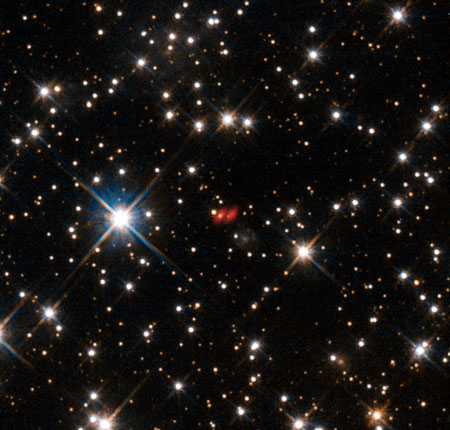 A team led by astronomers from Chalmers and Onsala Space Observatory have used the powerful telescope Alma to catch an unexpected glimpse of an extreme place in space: the base of a powerful jet close to a distant, hungry black hole.
A team led by astronomers from Chalmers and Onsala Space Observatory have used the powerful telescope Alma to catch an unexpected glimpse of an extreme place in space: the base of a powerful jet close to a distant, hungry black hole.
Oct 16th, 2013
Read more
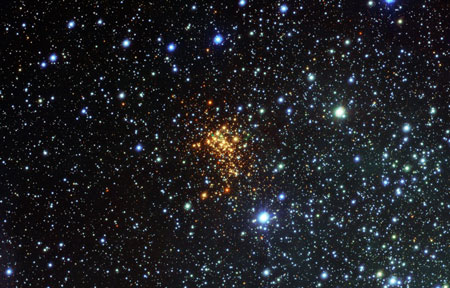 An international team of astronomers has observed part of the final death throes of the largest known star in the Universe as it throws off its outer layers. The discovery, by a collaboration of scientists from the UK, Chile, Germany and the USA, is a vital step in understanding how massive stars return enriched material to the interstellar medium which is necessary for forming planetary systems.
An international team of astronomers has observed part of the final death throes of the largest known star in the Universe as it throws off its outer layers. The discovery, by a collaboration of scientists from the UK, Chile, Germany and the USA, is a vital step in understanding how massive stars return enriched material to the interstellar medium which is necessary for forming planetary systems.
Oct 16th, 2013
Read more
Scientists found evidence that magnetic waves in a polar coronal hole contain enough energy to heat the corona and moreover that they also deposit most of their energy at sufficiently low heights for the heat to spread throughout the corona. The observations help to answer a 70-year-old solar physics conundrum about the unexplained extreme temperature of the Sun's corona - known as the coronal heating problem.
Oct 16th, 2013
Read more
The University of Arkansas is one of 10 institutions selected by NASA to develop technology that will address technical needs and enable future missions of America's space program.
Oct 15th, 2013
Read more
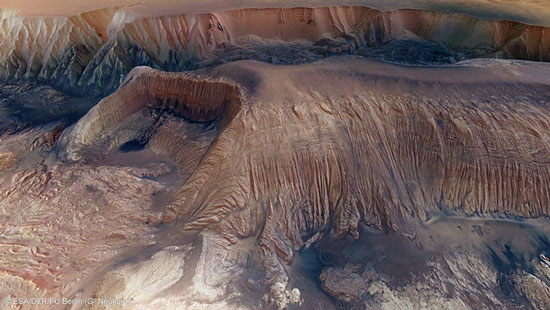 Ripped apart by tectonic forces, Hebes Chasma and its neighbouring network of canyons bear the scars of the Red Planet's early history.
Ripped apart by tectonic forces, Hebes Chasma and its neighbouring network of canyons bear the scars of the Red Planet's early history.
Oct 11th, 2013
Read more
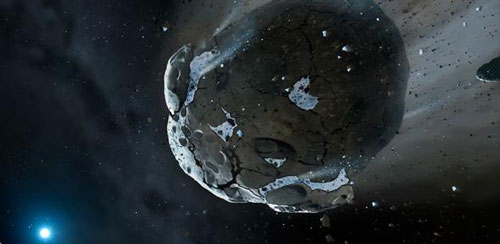 Astronomers have found the shattered remains of an asteroid that contained huge amounts of water orbiting an exhausted star, or white dwarf. This suggests that the star GD 61 and its planetary system - located about 150 light years away and at the end of its life - had the potential to contain Earth-like exoplanets, they say.
Astronomers have found the shattered remains of an asteroid that contained huge amounts of water orbiting an exhausted star, or white dwarf. This suggests that the star GD 61 and its planetary system - located about 150 light years away and at the end of its life - had the potential to contain Earth-like exoplanets, they say.
Oct 10th, 2013
Read more
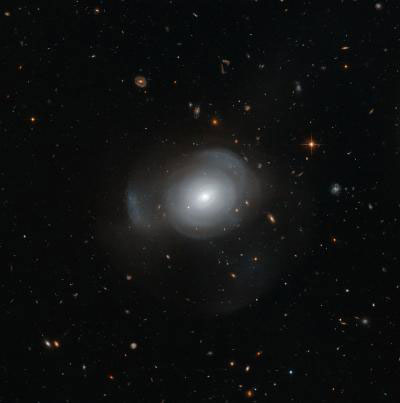 The beautiful, petal-like shells of galaxy PGC 6240 are captured in intricate detail by the NASA/ESA Hubble Space Telescope, set against a sky full of distant background galaxies. This cosmic bloom is of great interest to astronomers due to both its uneven structure, and the unusual clusters of stars that orbit around it - two strong indications of a galactic merger in the recent past.
The beautiful, petal-like shells of galaxy PGC 6240 are captured in intricate detail by the NASA/ESA Hubble Space Telescope, set against a sky full of distant background galaxies. This cosmic bloom is of great interest to astronomers due to both its uneven structure, and the unusual clusters of stars that orbit around it - two strong indications of a galactic merger in the recent past.
Oct 10th, 2013
Read more
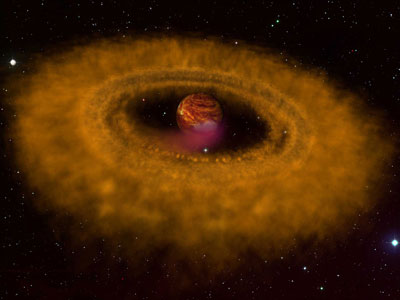 Two newly detected celestial objects without host star help astronomers in their understanding of star formation.
Two newly detected celestial objects without host star help astronomers in their understanding of star formation.
Oct 10th, 2013
Read more
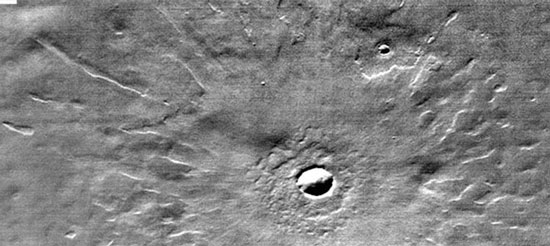 Lessons from underground nuclear tests and explosive volcanoes may hold the answer to how a category of unusual impact craters formed on Mars.
Lessons from underground nuclear tests and explosive volcanoes may hold the answer to how a category of unusual impact craters formed on Mars.
Oct 9th, 2013
Read more
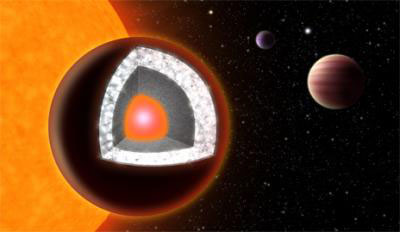 An alien world reported to be the first known planet to consist largely of diamond appears less likely to be of such precious nature, according to a new analysis.
An alien world reported to be the first known planet to consist largely of diamond appears less likely to be of such precious nature, according to a new analysis.
Oct 9th, 2013
Read more
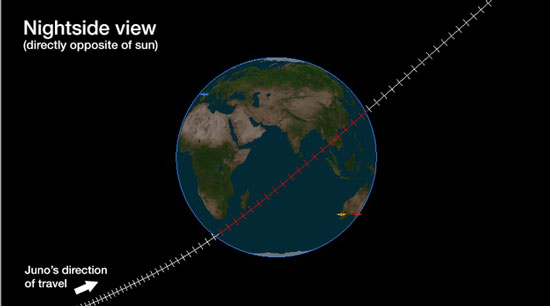 A mystery that has stumped scientists for decades might be one step closer to solution after ESA tracking stations carefully record signals from NASA's Juno spacecraft as it swings by Earth today.
A mystery that has stumped scientists for decades might be one step closer to solution after ESA tracking stations carefully record signals from NASA's Juno spacecraft as it swings by Earth today.
Oct 9th, 2013
Read more
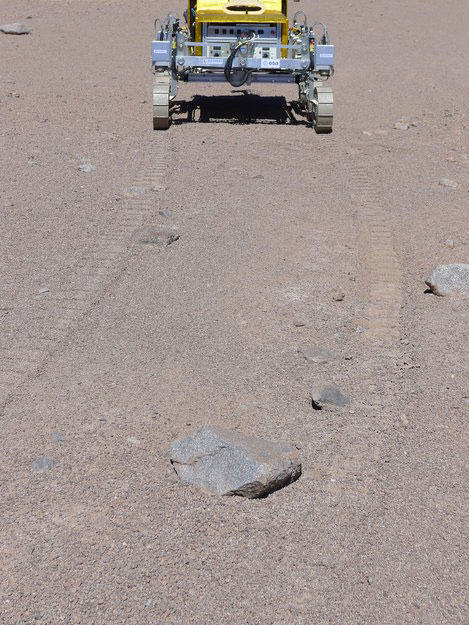 ESA's test rover has been fitted with scientific instruments and made its first tracks in the sands of Chile's Atacama Desert. Meanwhile, team members have explored the area to select a suitable site for testing, flying a drone to produce an aerial map.
ESA's test rover has been fitted with scientific instruments and made its first tracks in the sands of Chile's Atacama Desert. Meanwhile, team members have explored the area to select a suitable site for testing, flying a drone to produce an aerial map.
Oct 9th, 2013
Read more
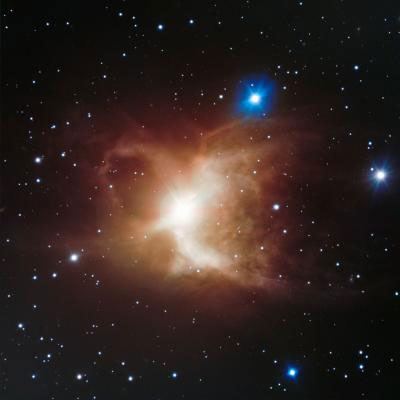 ESO's Very Large Telescope has captured a remarkably detailed image of the Toby Jug Nebula, a cloud of gas and dust surrounding a red giant star. This view shows the characteristic arcing structure of the nebula, which, true to its name, does indeed look a little like a jug with a handle.
ESO's Very Large Telescope has captured a remarkably detailed image of the Toby Jug Nebula, a cloud of gas and dust surrounding a red giant star. This view shows the characteristic arcing structure of the nebula, which, true to its name, does indeed look a little like a jug with a handle.
Oct 9th, 2013
Read more
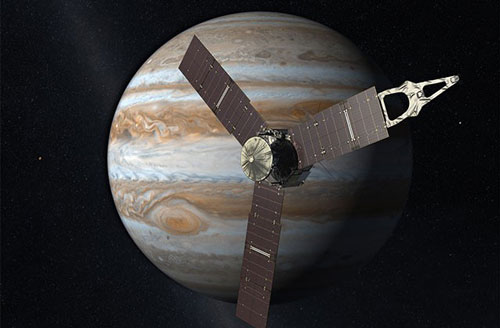 NASA's Juno spacecraft will be passing within some 350 miles of Earth's surface Oct. 9 before it slingshots off into space on an historic exploration of Jupiter.
NASA's Juno spacecraft will be passing within some 350 miles of Earth's surface Oct. 9 before it slingshots off into space on an historic exploration of Jupiter.
Oct 8th, 2013
Read more
 The first ever evidence of a comet entering Earth's atmosphere and exploding, raining down a shock wave of fire which obliterated every life form in its path, has been discovered by a team of South African scientists and international collaborators.
The first ever evidence of a comet entering Earth's atmosphere and exploding, raining down a shock wave of fire which obliterated every life form in its path, has been discovered by a team of South African scientists and international collaborators.
Oct 8th, 2013
Read more
 Astronomers have found the most distant gravitational lens yet - a galaxy that, as predicted by Albert Einstein's general theory of relativity, deflects and intensifies the light of an even more distant object. The discovery provides a rare opportunity to directly measure the mass of a distant galaxy.
Astronomers have found the most distant gravitational lens yet - a galaxy that, as predicted by Albert Einstein's general theory of relativity, deflects and intensifies the light of an even more distant object. The discovery provides a rare opportunity to directly measure the mass of a distant galaxy.
 Subscribe to our Space Exploration News feed
Subscribe to our Space Exploration News feed













